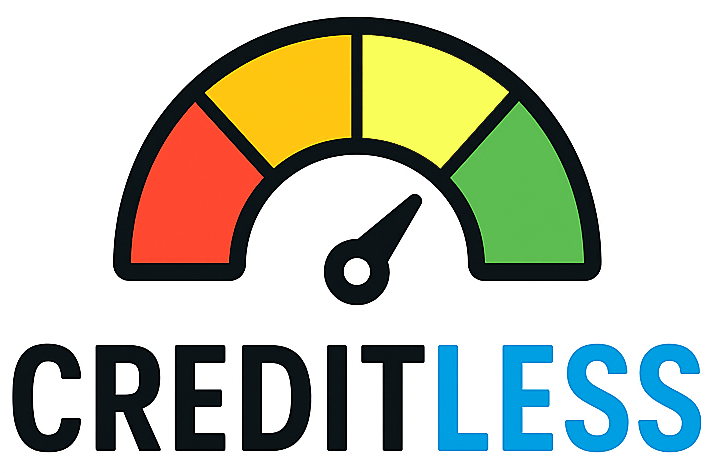Introduction — Why rent reporting matters now
If you rent, every on-time monthly payment is proof of financial responsibility — but until recently that behavior rarely showed up on credit reports. New fintech vendors, property-management integrations, and changes in scoring models mean renters can increasingly get credit for on-time rent without opening new credit cards or loans. Several large industry pilots and vendor networks have expanded access, making rent reporting a practical option for many renters who want to build or strengthen credit records.
This article explains how rent-reporting services actually work, which credit scores may benefit, typical costs and limitations, and a step-by-step checklist so you can decide whether to enroll.
How rent-reporting services work — two common paths
There are two main ways rent gets added to credit files:
- Property owner / property-management reporting: Some landlords or property-management companies integrate with vendor platforms (for example, Boom, RentTrack/LevelCredit, Esusu and others) that submit positive rent-payment data to one or more credit bureaus on behalf of all residents. These programs often operate at scale and can be set up by the property manager as a resident benefit or optional paid service.
- Tenant-initiated services: Third-party fintechs let individual renters enroll and verify payment history directly — typically by connecting a bank account, linking a rental portal, or supplying a lease and proof of payments. The vendor verifies payments (sometimes by contacting the landlord; sometimes by matching bank transactions) and then furnishes a rental tradeline to Experian, TransUnion and/or Equifax. Some tenant-initiated services also offer a "lookback" for past on-time rent (commonly up to 12–24 months) for a one-time fee.
Note: services vary on whether they report to all three bureaus or only one or two, and whether they report only positive payments (common) or a full-file that can show delinquencies. Always confirm which bureaus a vendor reports to before enrolling.
Which credit scores and lenders will use rent data?
Not all credit-scoring models consider rent payments the same way. Newer FICO models (for example, FICO 9 and FICO 10 / 10T) and VantageScore versions are more likely to incorporate alternative data such as rent, utilities, and telecom payments — but older models like FICO 8 usually do not. The effect on your score depends on which score a lender uses and whether the bureau includes the rental tradeline in your credit file.
At the policy level, initiatives such as Fannie Mae’s Positive Rent Payment pilot (which partners with approved vendors) have accelerated adoption by incentivizing property owners to report rent and by showing measurable score benefits for many renters. City and housing-agency pilots have also expanded access in affordable-housing contexts. These programs demonstrate that rent reporting can help people establish credit or raise thin-file scores, but reporting alone does not guarantee a loan approval — lenders choose which score models and data sources to consider.
Costs, trade-offs, and a practical signup checklist
Typical fees and features vary widely by vendor. Some services charge a small monthly subscription and an optional one-time fee to add prior months of rent; other platforms charge lower per-resident pricing through property-management partnerships. For example, LevelCredit (formerly RentTrack) advertises a monthly subscription and a one-time fee for up to 24 months of past payments, while Boom offers low per-resident monthly pricing and an optional single fee for past months. Free reporting can be available through certain pilots or landlord-sponsored programs. Confirm current pricing directly with the vendor before you enroll.
Checklist before you sign up
- Confirm which bureaus the vendor reports to (Experian, TransUnion, Equifax) and whether they add a tradeline or just a supplemental data point.
- Verify eligible payment methods (bank transfers, portal payments, Zelle, Venmo, checks, etc.). Some services can’t use cash or money orders.
- Ask about lookback options and costs if you want past months added to your report.
- Check cancellation and dispute policies — who reports missed payments to bureaus and whether negative events are reported. Many programs emphasize reporting only positive payments; read the fine print.
- Consider privacy: you will usually share bank or lease details. Review the vendor’s data-security practices and what they will furnish to bureaus.
Bottom line: rent reporting can be an effective, low-friction way to build credit if your payments are consistently on time, you pick a reputable vendor that reports to the bureaus that matter for your goals, and you understand costs and eligibility limits.
